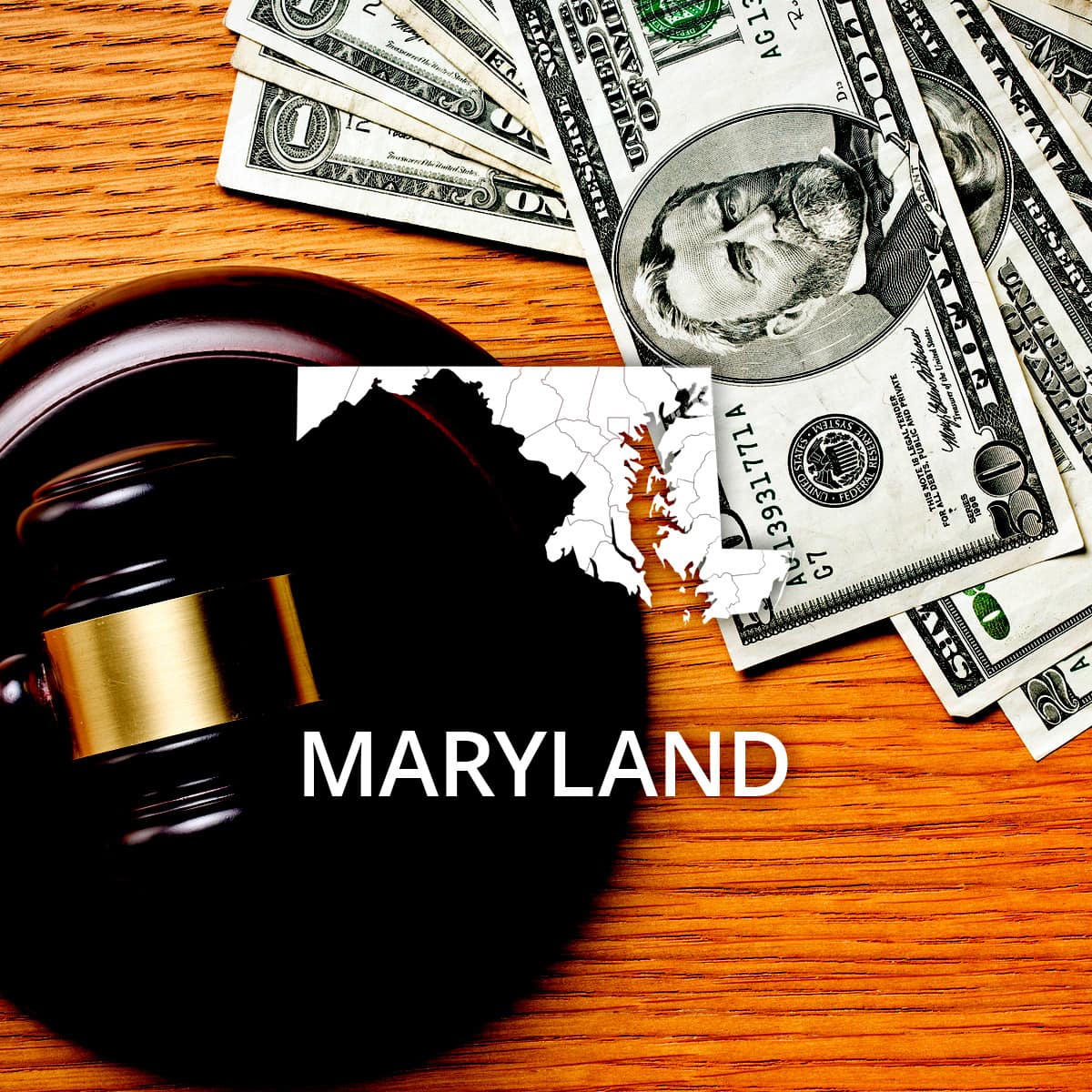 Multiple Bankruptcies: How Often You Can File One?
Multiple Bankruptcies: How Often You Can File One?
Table of Contents
 How to File Bankruptcy in Maryland
How to File Bankruptcy in Maryland
 According to the Bankruptcy Act of 2005, all District Courts must adhere to federal standards for bankruptcy. There are four main types of bankruptcy for which a petitioner may file, Chapter 7, Chapter 11, Chapter 12 and Chapter 13. An individual or business may file in any of the four District Courts of Maryland.
According to the Bankruptcy Act of 2005, all District Courts must adhere to federal standards for bankruptcy. There are four main types of bankruptcy for which a petitioner may file, Chapter 7, Chapter 11, Chapter 12 and Chapter 13. An individual or business may file in any of the four District Courts of Maryland.
 Types of Bankruptcy and Terms
Types of Bankruptcy and Terms
Chapter 7 bankruptcy, or straight bankruptcy, generally eliminates the most debt. All non-exempt assets are liquidized to pay creditors and the financial recovery time is generally the greatest. This makes Chapter 7 a good option for those with a lower income and fewer assets to lose.
Another type of bankruptcy is Chapter 13, this code is preferable to those petitioners who wish to keep their home or car and have a steady stream of income where they can repay their debt in a period of 3 to 5 years. Chapter 13 minimizes and restructures debt and also uses some of the non-exempt assets to repay creditors if necessary.
Chapter 11 can be petitioned by businesses that would like to continue operating, but still require debt relief. In this case as well, the debt is minimized, reorganized and a payment plan for typically 3 to 5 years is followed. The code for Chapter 12 bankruptcy is similar, but specifically geared towards family farmers and fisherman.
Official bankruptcy forms for the U.S. Bankruptcy Courts are available at https://www.uscourts.gov/forms/bankruptcy-forms or RecordsFinder.com Court Forms Section.
 Steps to Filing Bankruptcy
Steps to Filing Bankruptcy
Credit counseling is required by the 2005 Bankruptcy Act for all of those who petition for debt relief. If a debtor decides to stay the course of bankruptcy, many more steps are taken to finish.
The first requirement is to determine for which type of bankruptcy a petitioner can file. This is done by way of a Means Test. The Means Test compares the debtor's average income from the last 6 months with the income of all other workers in Maryland. If the income is found lower than the median, the petitioner may file for Chapter 7 or Chapter 13. Higher income individuals only have Chapter 13 as an option.
Next, a petitioner must gather information to submit to the court. This includes, but is not limited to: tax returns from the last 2 years, deeds of property, vehicle titles, a list of all debts, loan information, an inventory of possessions and monthly expenses.
After documentation is collected, a petitioner must file the required forms for his or her bankruptcy. Some choose to have legal counsel during this step, while others choose to file on their own. The forms, miscellaneous paperwork and Chapter 13 debt repayment summary are given to the court and referred to as "the schedule." To file for Chapter 7 bankruptcy costs $306, although this fee can be waived in some cases. Chapter 13 bankruptcy's fee is $281 and cannot be waived. Of course, any legal fees accrued during this time are the responsibility of the petitioner.
Once the court has reviewed the case, an automatic stay is issued by the court. This prevents creditors from contacting the debtor and stops any foreclosure proceedings. A court appointed trustee then will use the petitioner's non-exempt assets to repay outstanding debt. Additionally, the trustee arranges a meeting called the 341 Meeting for the petitioner and creditors to negotiate terms of repayment. If no agreement can be made, a judge will intervene.
Lastly, the individual filing for bankruptcy is required to complete a court approved financial management course to finalize the process. Also, Chapter 13 petitioners are responsible for making payments as directed for the 3 to 5 year term while their debts are settled.
 Location Specific Information
Location Specific Information
Maryland has four District Courts in which a petitioner can file for bankruptcy or go to a hearing. Each court shares jurisdiction over all of the counties of the state. Courts are located in Baltimore, Greenbelt, LaPlata, and Salisbury.



